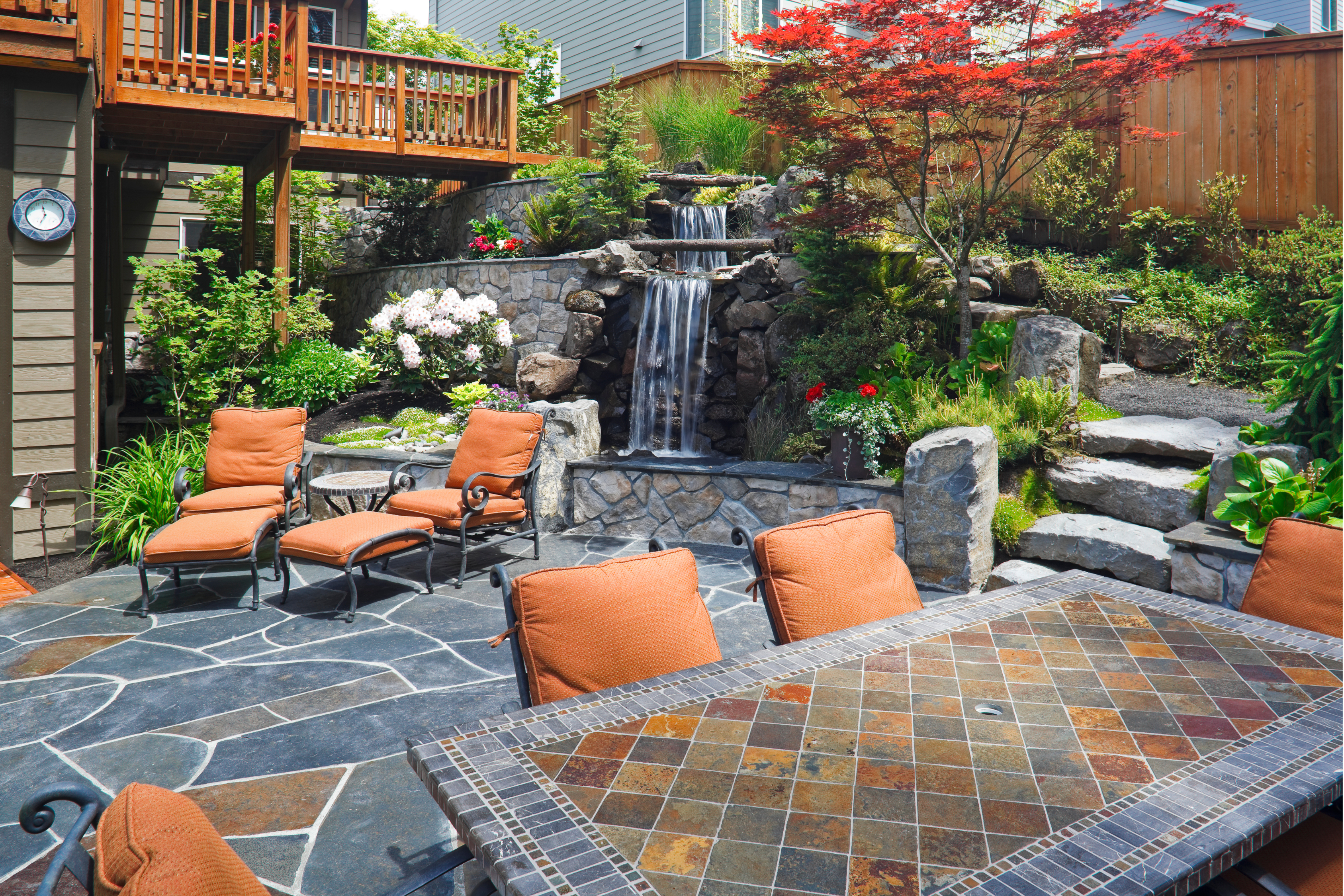Introduction:
In the hustle and bustle of modern life, finding moments of peace and tranquility is essential for our well-being. A zen garden provides a sanctuary where we can escape the stresses of daily life, connect with nature, and cultivate a sense of serenity and mindfulness. Rooted in Japanese tradition and philosophy, the art of zen garden design emphasizes simplicity, harmony, and balance, creating spaces that inspire contemplation, reflection, and inner peace. In this guide, we'll explore the principles of zen garden design and offer practical tips for creating tranquil outdoor spaces that soothe the soul and nourish the spirit.
The Principles of Zen Garden Design:
-
Simplicity: The foundation of zen garden design is simplicity. Strip away excess ornamentation and clutter to create a clean and uncluttered space that allows the mind to rest and the spirit to soar. Keep design elements minimal and focus on creating a sense of openness and spaciousness.
-
Harmony and Balance: Seek harmony and balance in every aspect of your garden design, from the arrangement of plants and rocks to the flow of pathways and the placement of water features. Use asymmetry and negative space to create dynamic tension and visual interest while maintaining a sense of equilibrium.
-
Natural Elements: Incorporate natural materials such as stone, gravel, wood, and bamboo into your garden design to evoke the timeless beauty of nature. Choose materials with organic textures and earthy colours that blend harmoniously with the surrounding landscape and create a sense of grounding and connection.
-
Symbolism and Meaning: Infuse your zen garden with symbolism and meaning by incorporating elements that evoke serenity, mindfulness, and spiritual awareness. Use rocks to represent mountains, water features to symbolize rivers or streams, and plants to evoke the cycles of nature and the passage of time.
Creating Tranquil Outdoor Spaces:
-
Rocks and Gravel: Start by laying a foundation of rocks and gravel to define the structure and layout of your zen garden. Arrange rocks in clusters or lines to create focal points and visual interest, and use gravel or sand to create smooth, flowing patterns that evoke ripples in water or waves in the ocean.
-
Water Features: Introduce water features such as ponds, fountains, or cascading waterfalls to add a sense of movement and sound to your zen garden. The gentle sound of flowing water can promote relaxation and meditation, creating a peaceful ambiance that soothes the mind and calms the spirit.
-
Plants and Greenery: Choose plants and greenery that enhance the tranquil atmosphere of your zen garden. Opt for low-maintenance species such as bamboo, ferns, mosses, and evergreen shrubs that thrive in shady, sheltered environments and provide year-round interest and beauty.
-
Pathways and Bridges: Create meandering pathways and bridges that invite exploration and contemplation as you navigate your zen garden. Use natural materials such as stone, wood, or gravel to construct pathways that blend seamlessly with the surrounding landscape and guide the flow of movement through the garden.
Maintenance and Care:
-
Prune Regularly: Keep plants and shrubs neatly trimmed and pruned to maintain a clean and orderly appearance in your zen garden. Pruning also promotes healthy growth and prevents overgrowth, allowing plants to thrive and flourish in their surroundings.
-
Weed Control: Regularly remove weeds and unwanted vegetation from your zen garden to preserve its pristine beauty and prevent invasive species from taking over. Use mulch or gravel to suppress weed growth and maintain a tidy and well-maintained appearance.
-
Clean Water Features: Keep water features clean and free of debris to prevent algae growth and maintain water quality. Regularly remove leaves, twigs, and other debris from ponds and fountains, and clean filters and pumps as needed to ensure optimal performance and clarity.
-
Mindful Tending: Approach garden maintenance with mindfulness and intention, treating each task as an opportunity for meditation and reflection. Take time to observe the beauty and serenity of your zen garden as you tend to its needs, cultivating a sense of gratitude and appreciation for the natural world.
Conclusion:
Creating a zen garden is not just about designing a beautiful outdoor space; it's about cultivating a sense of inner peace, harmony, and connection with the world around us. By embracing the principles of simplicity, harmony, and balance, and incorporating natural elements, water features, and lush greenery, you can create a tranquil oasis that nourishes the soul and inspires the spirit.
So, take a moment to breathe deeply, quiet your mind, and immerse yourself in the beauty of your zen garden. Allow its serene beauty and timeless elegance to transport you to a place of peace and tranquility, where the stresses of daily life melt away, and the present moment unfolds with grace and beauty.
Happy gardening, and may your zen garden bring you joy, serenity, and profound moments of contemplation and reflection.

